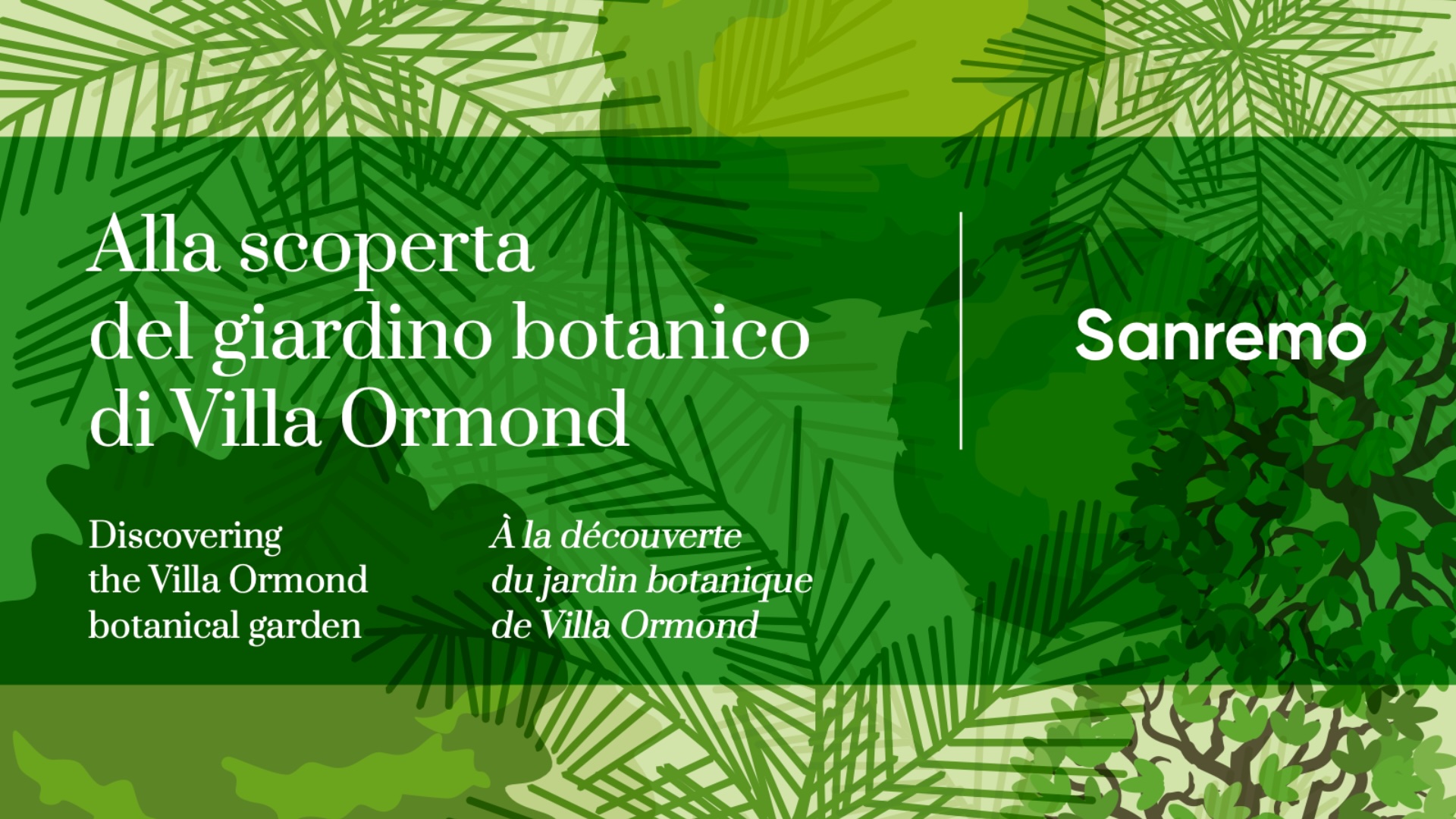The etymology is uncertain, complicated by the fact that both the Latin term, cedrus, and the Greek term, κέδρος cédros, have been used to refer to different species now included in the genera Cedrus and Juniperus. Of probable Semitic origin, many note the assonance with the Hebrew אֶרֶז héder, mentioned several times in the Bible and mostly referring to Cedrus libani, and with the Arabic قطران qaṭrān resin. The specific term alludes to the area of origin.
| Common Name |
Atlas cedar |
| Origin | It grows in the Atlas Mountains in Morocco, Algeria and Tunisia at the western end of North Africa, where it forms forests on mountain slopes. Morocco currently has the largest area of Atlas cedar forest in the world, but the species is endangered due to logging and extensive fires. |
|
Description |
A large, erect, robust tree, which can exceed 30 metres in height, with ashen, smooth bark; branches numerous and scattered, short and stiff, sometimes pointing upwards, arranged in a conical pyramid. Leaves are persistent, clustered in rosettes, verticillate on the short branches (brachyblasts), needle-shaped, sub-quadrangular, compressed, approx. 2 cm long and glaucous-greenish in colour. A monoecious species, with male organs in scaly, erect and solitary catkins, about 5 centimetres long and yellowish due to the large quantity of pollen they produce. Female strobili generally positioned on the upper part of the tree, formed of oval cones, umbilicate at the extremity, 6-9 centimetres long, composed of woody, compact, thin, obovate, heart-shaped scales, which begin to separate from the 2nd year. Seeds wedge-shaped, with a triangular wing. The Atlas cedar is an elegant and majestic tree and nurseries offer numerous horticultural varieties. |

